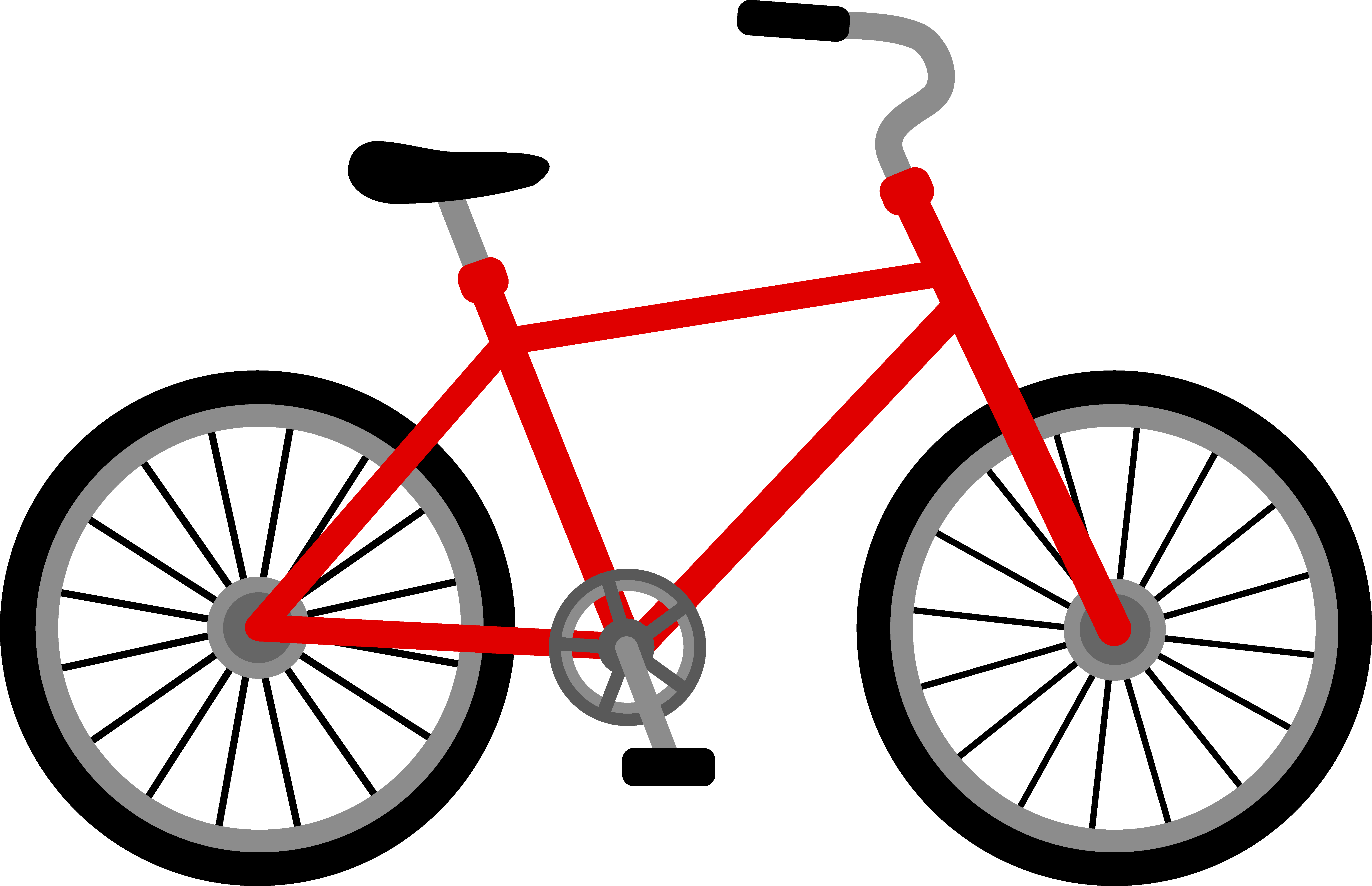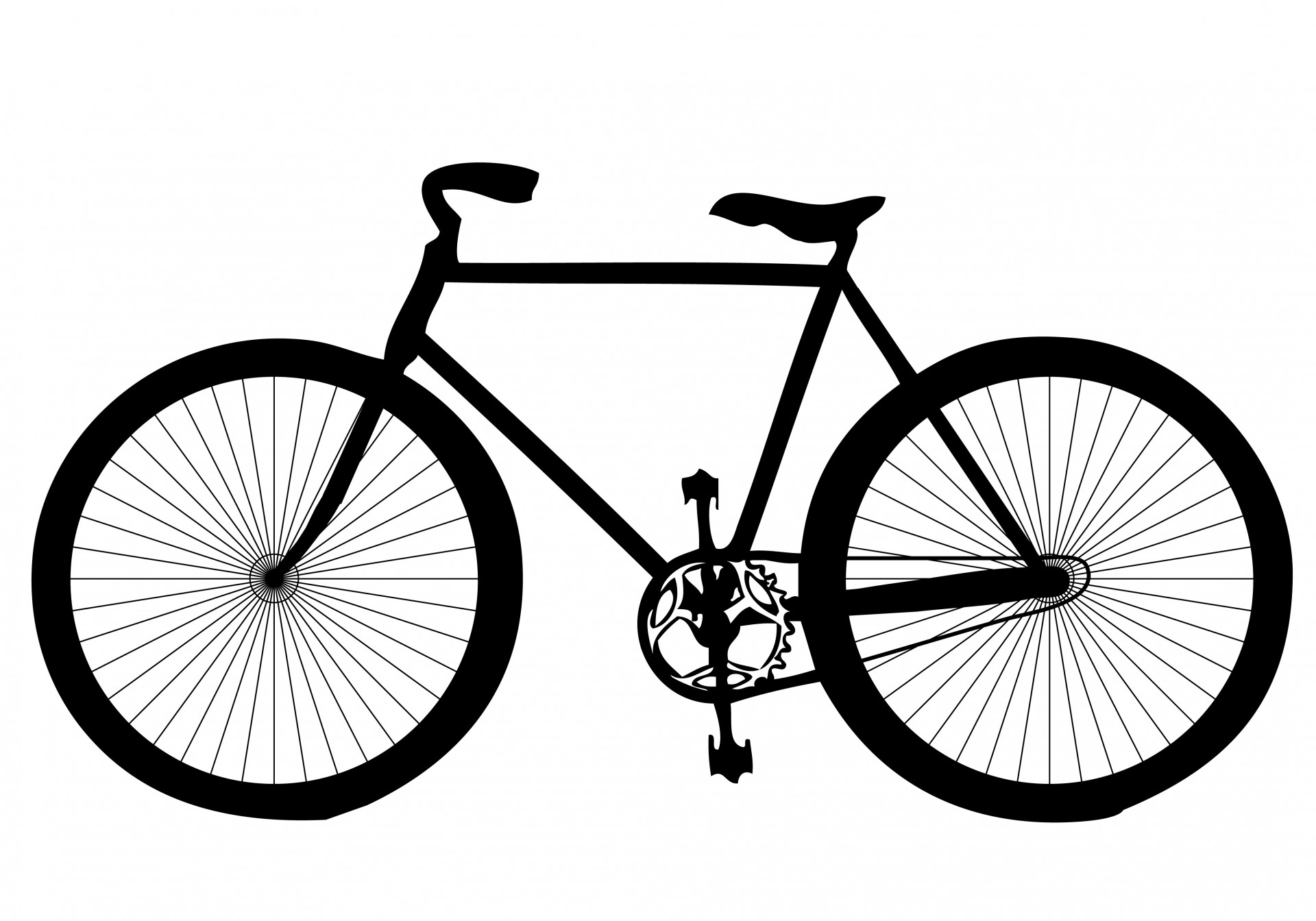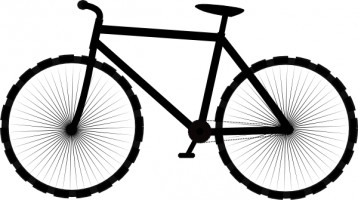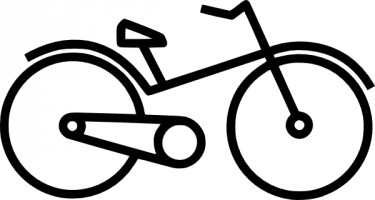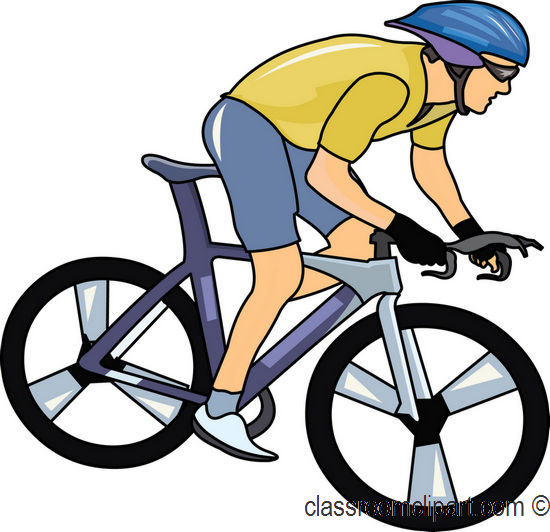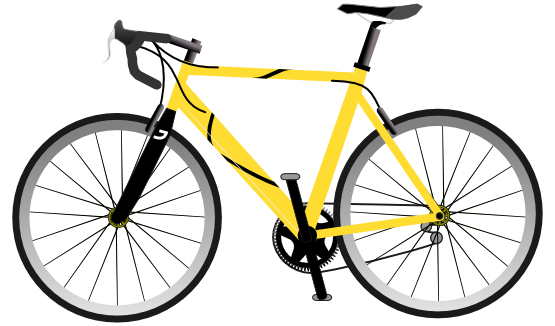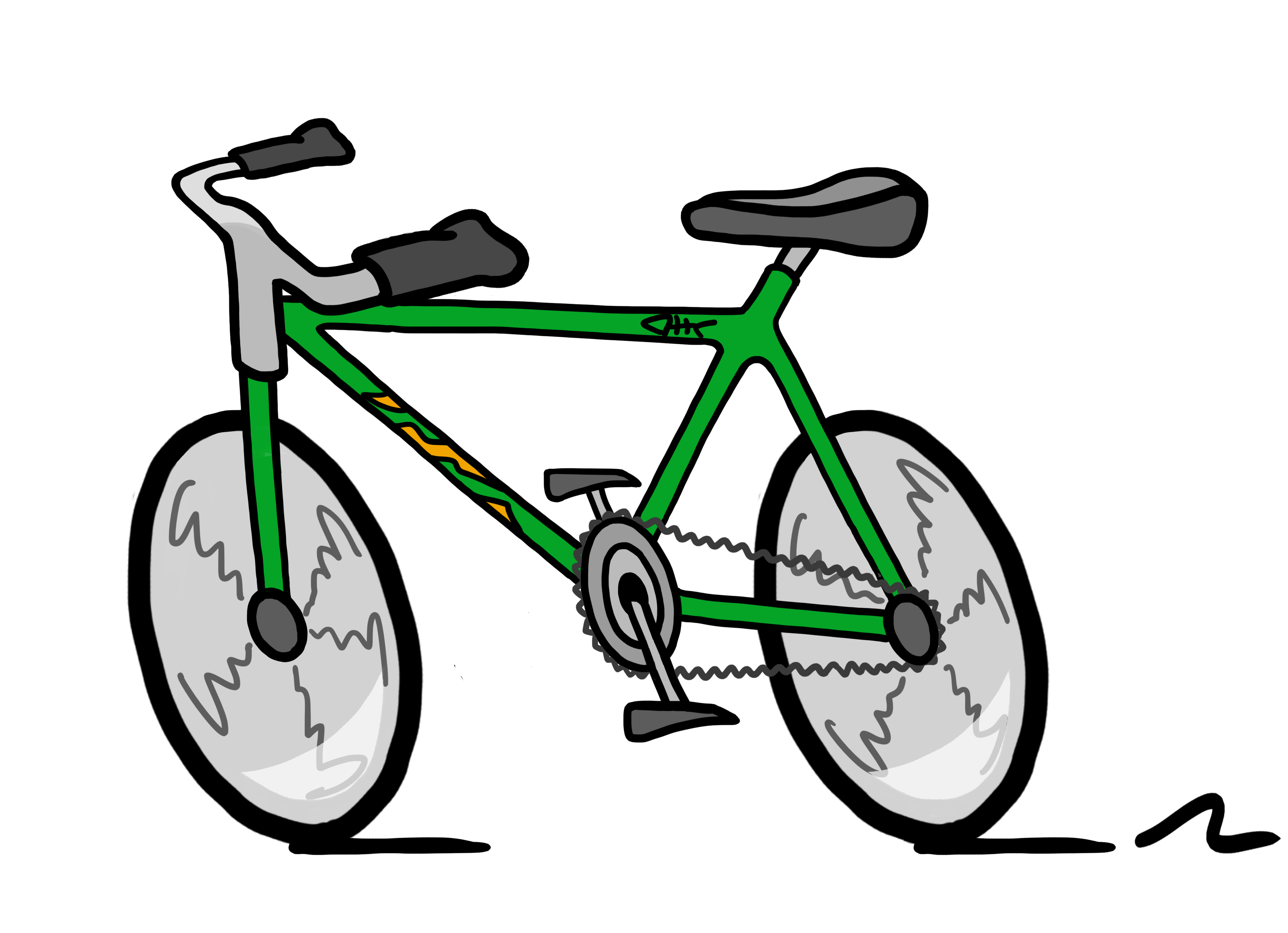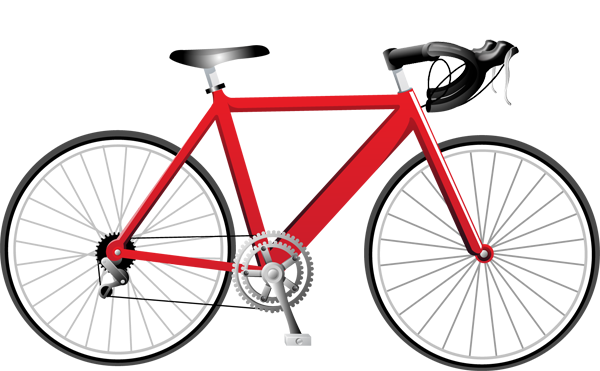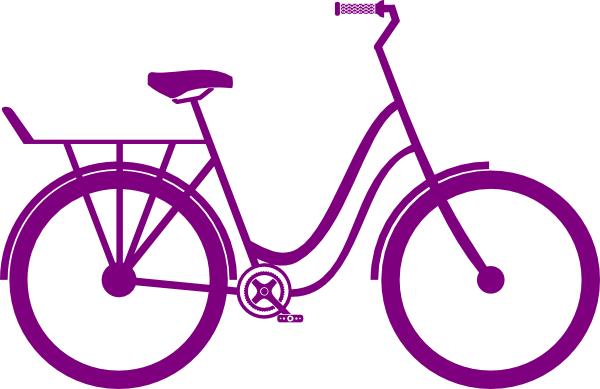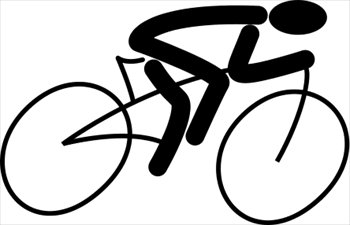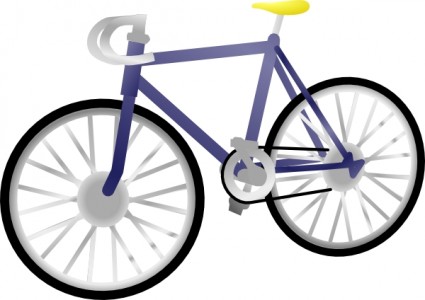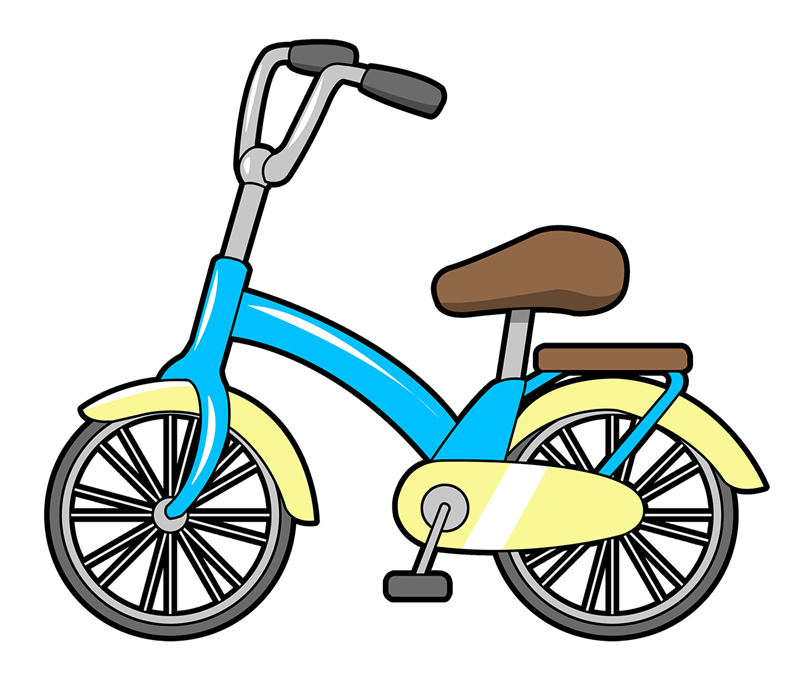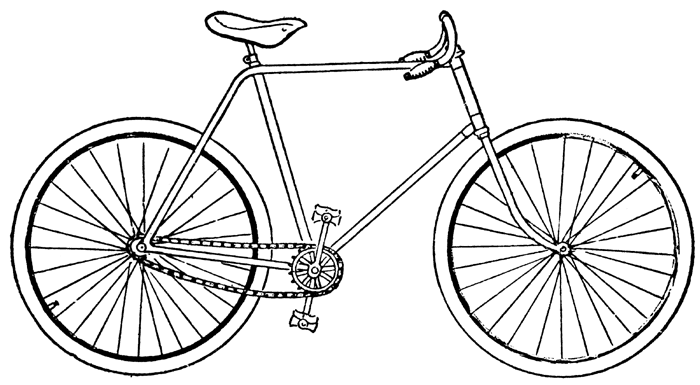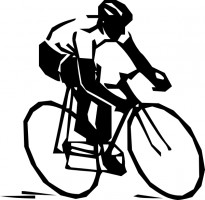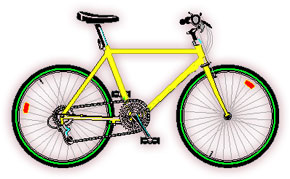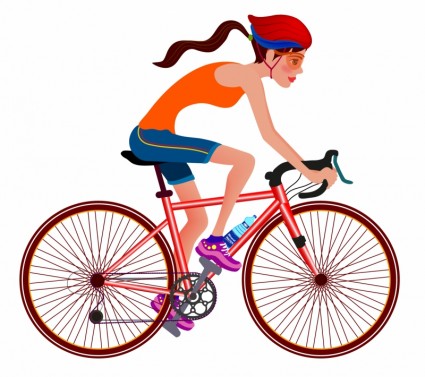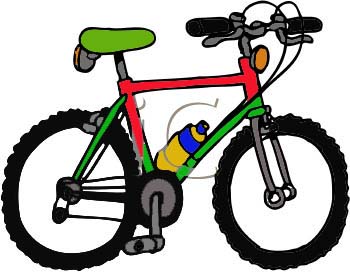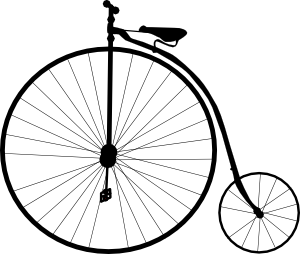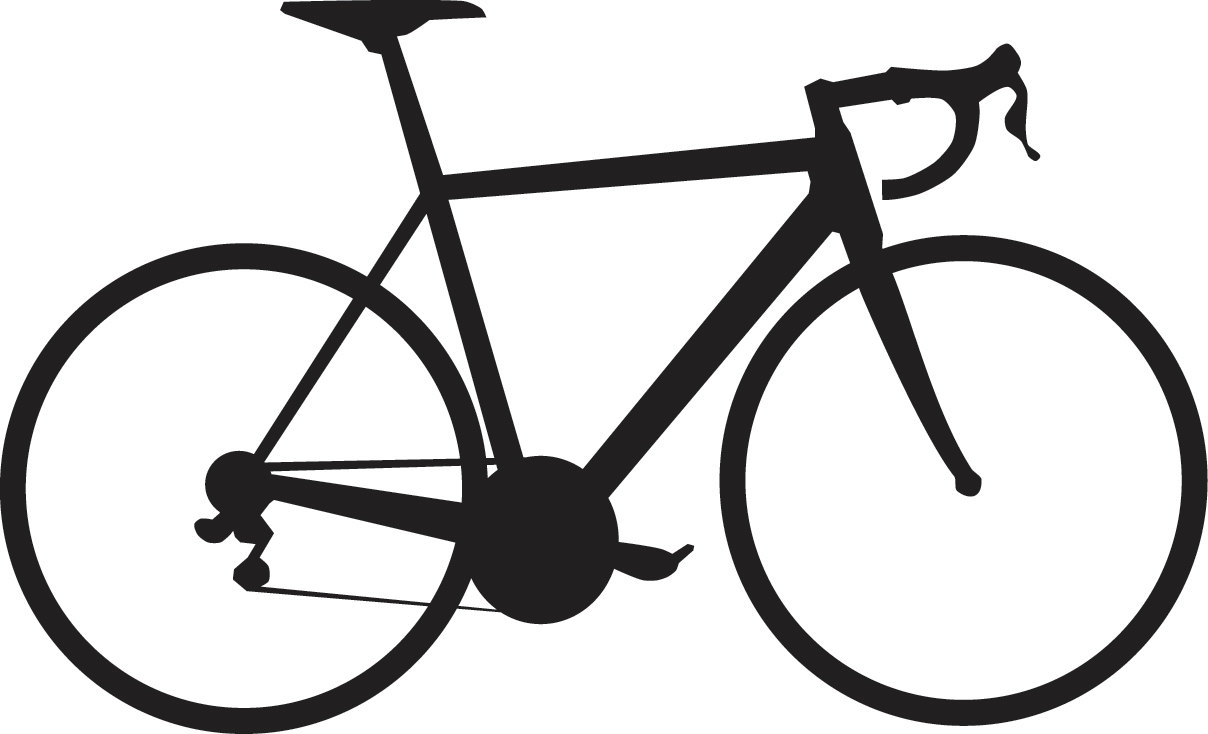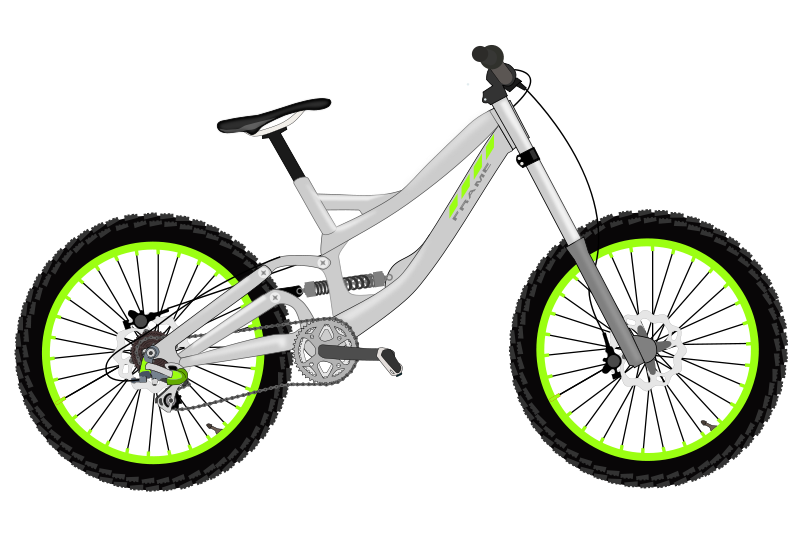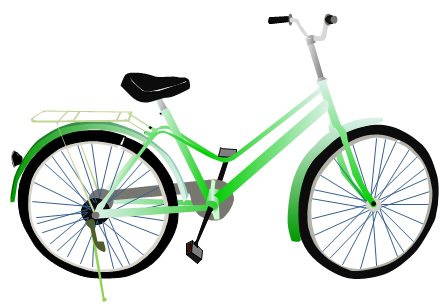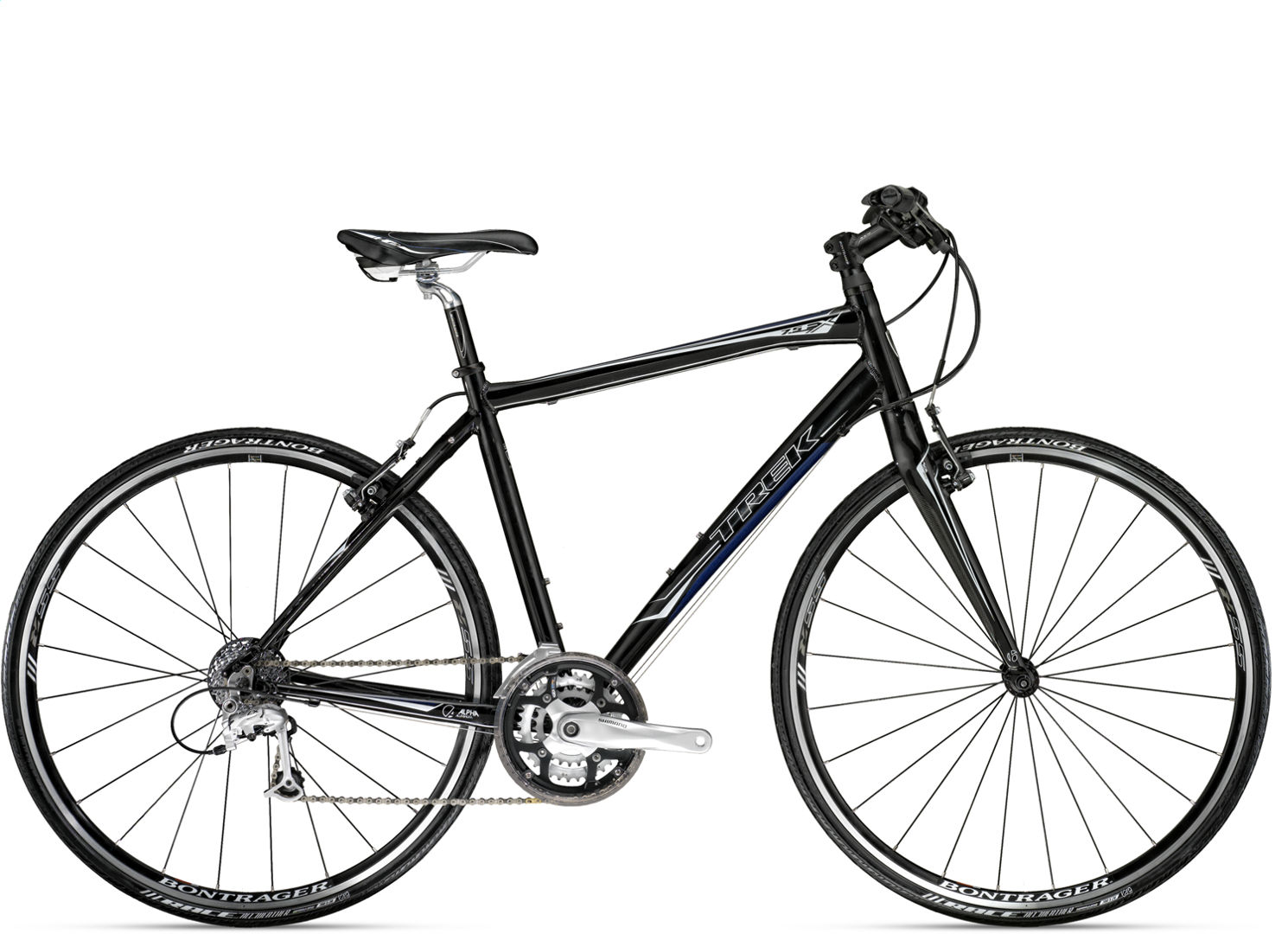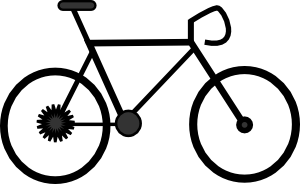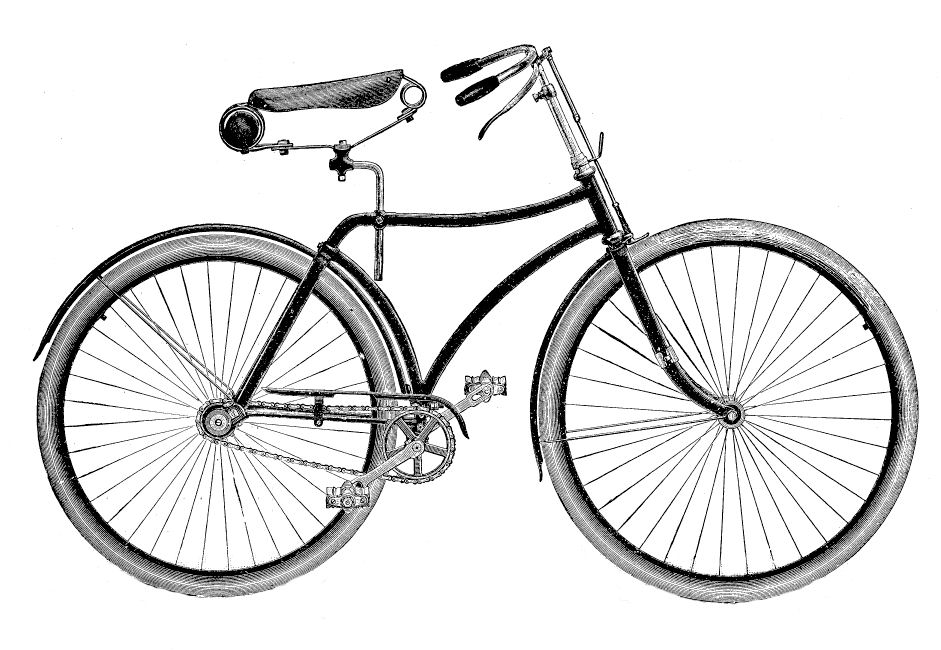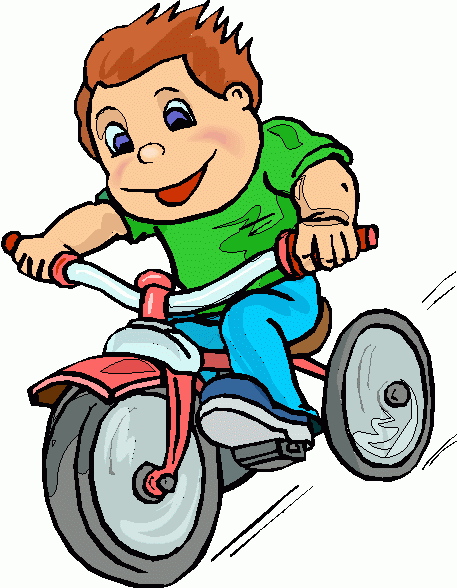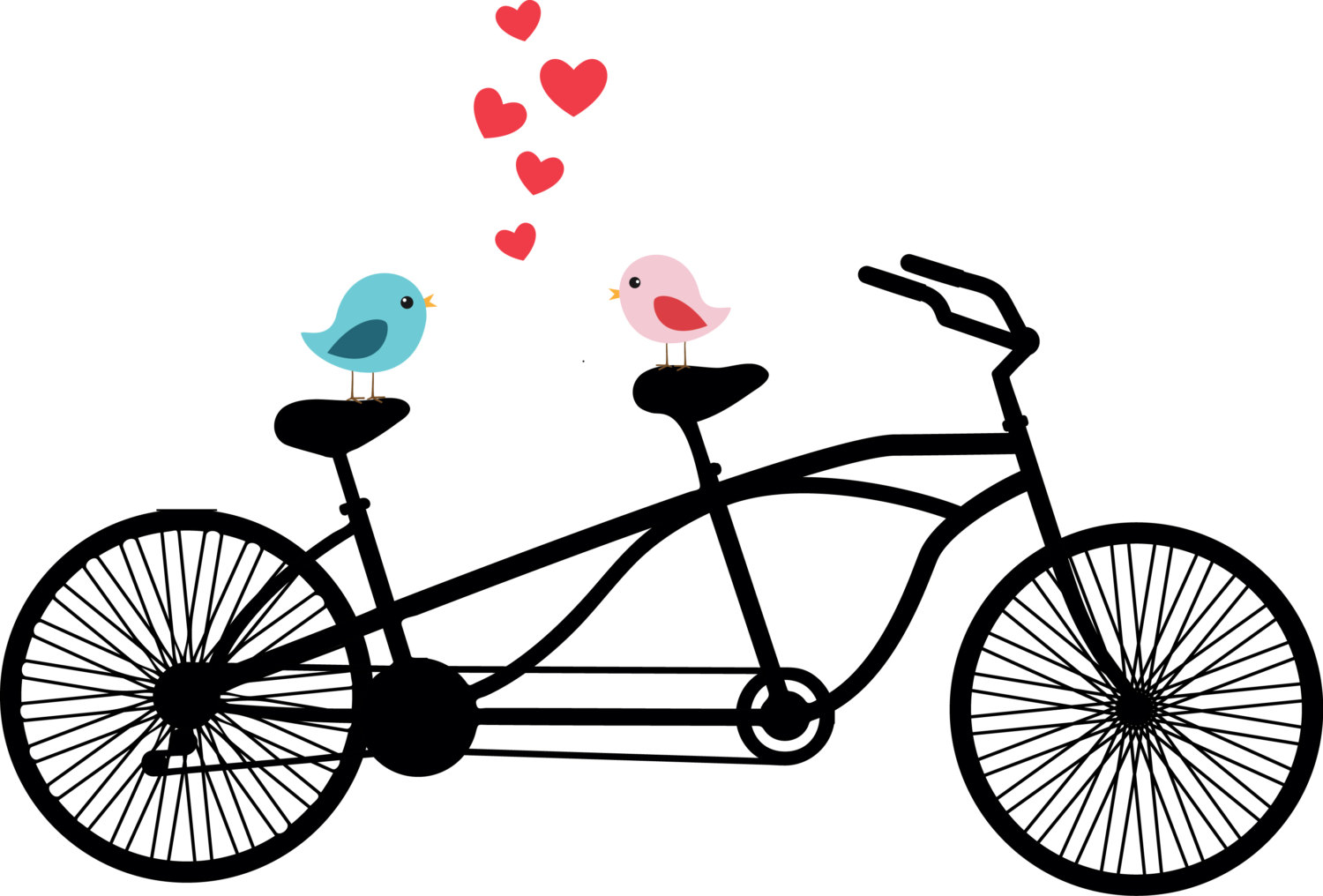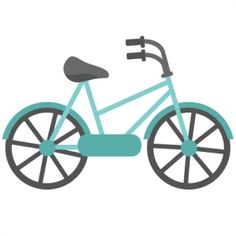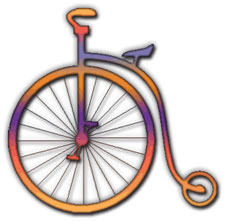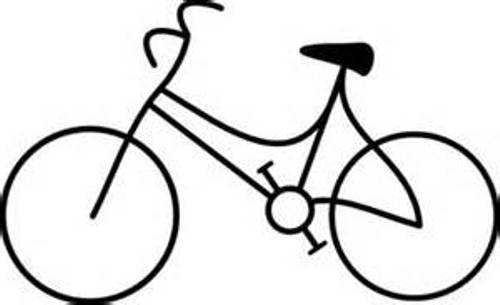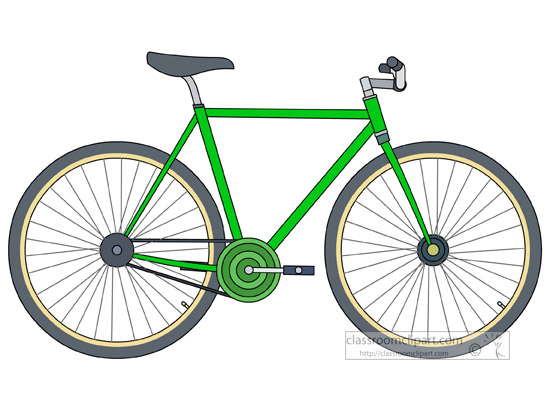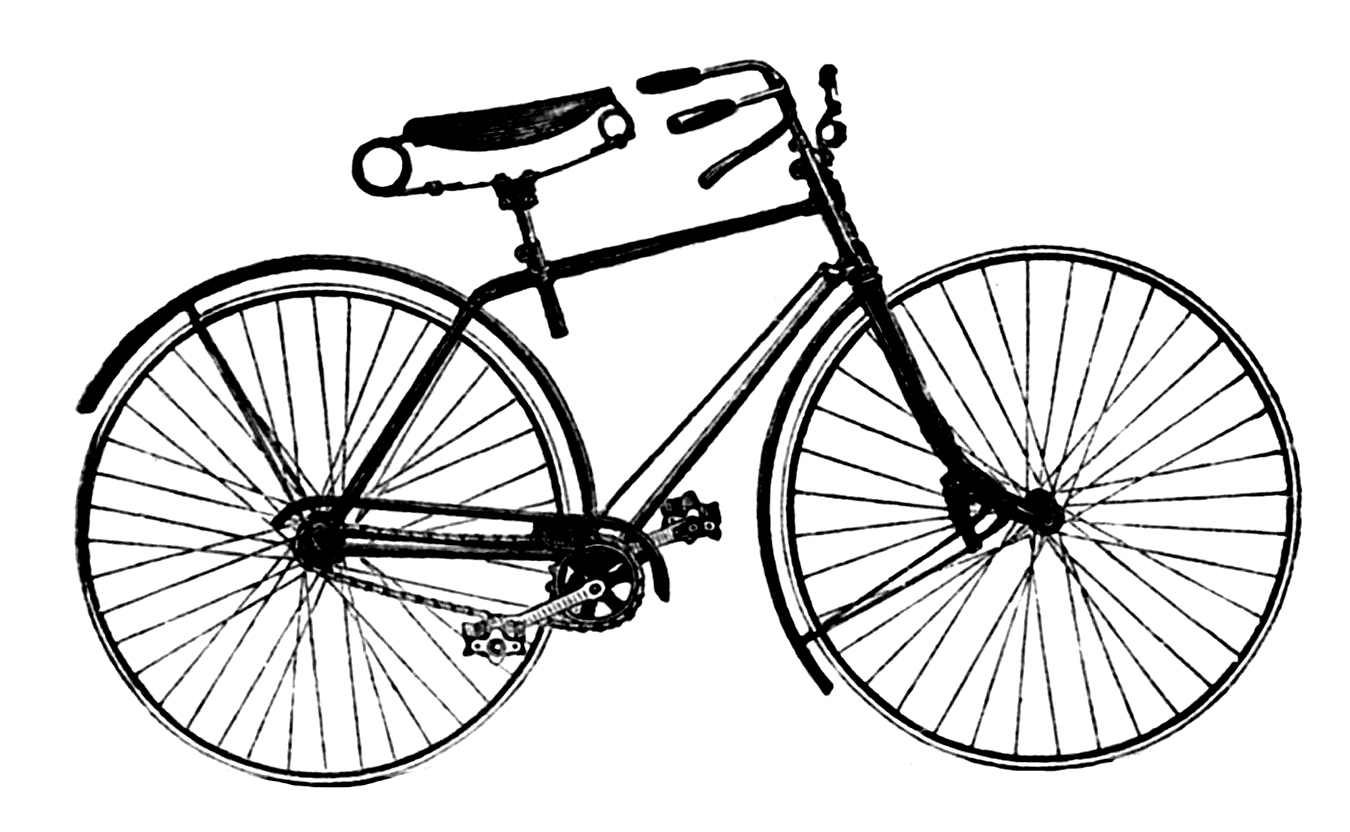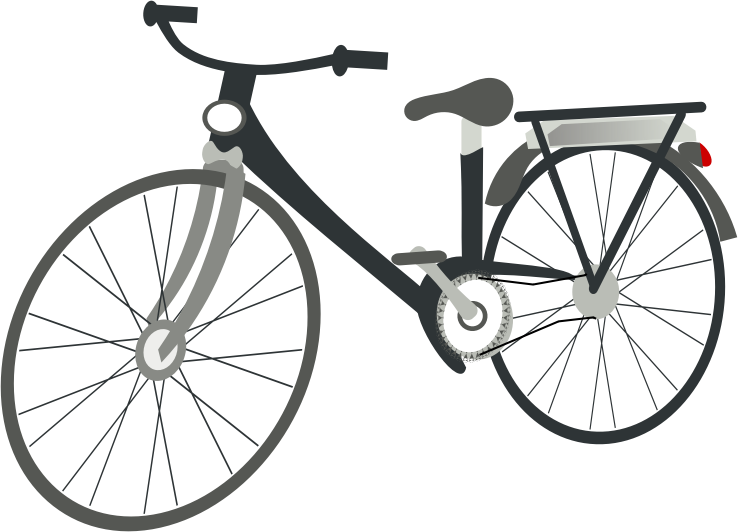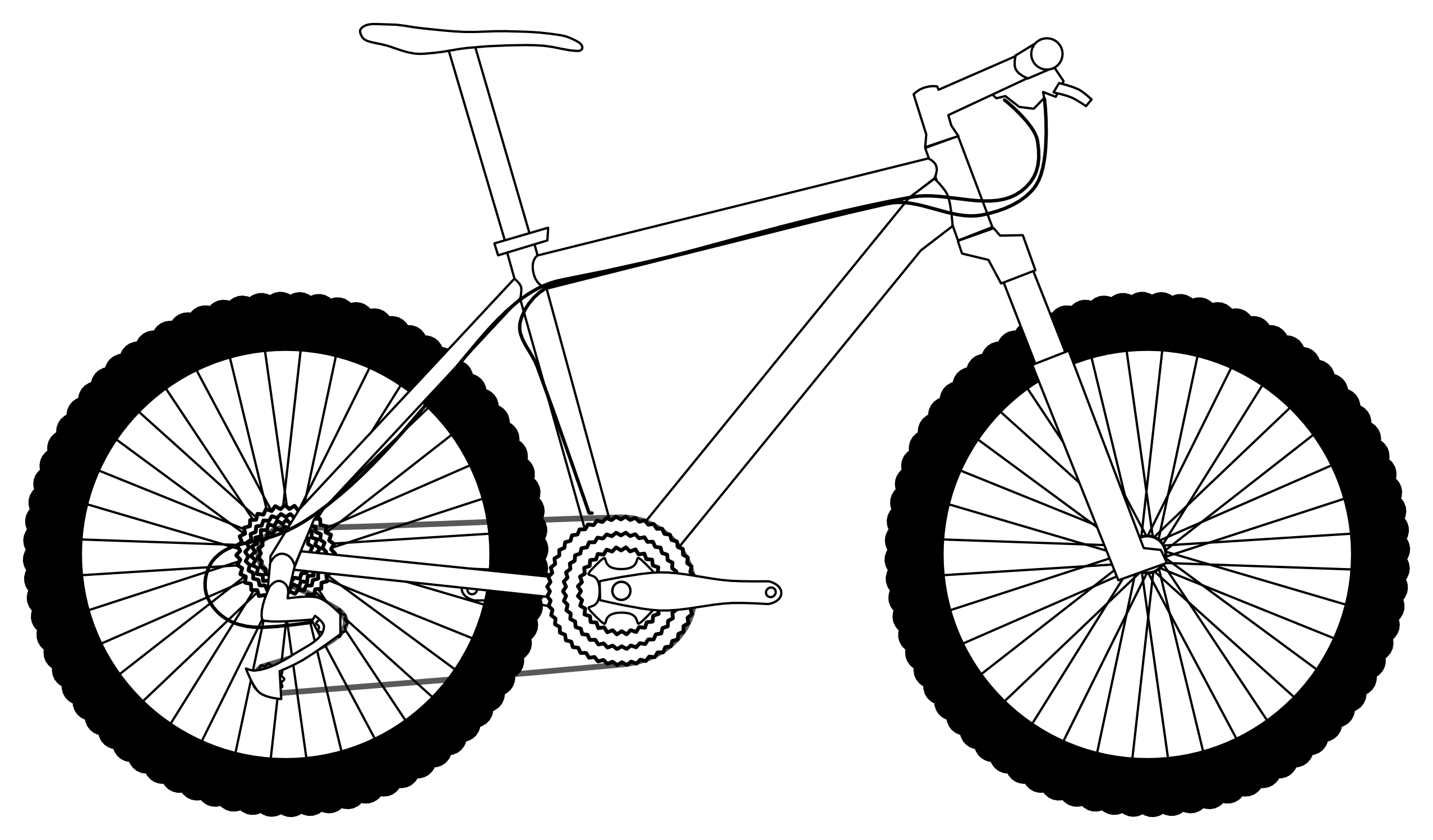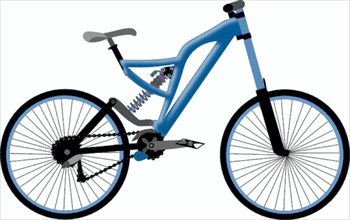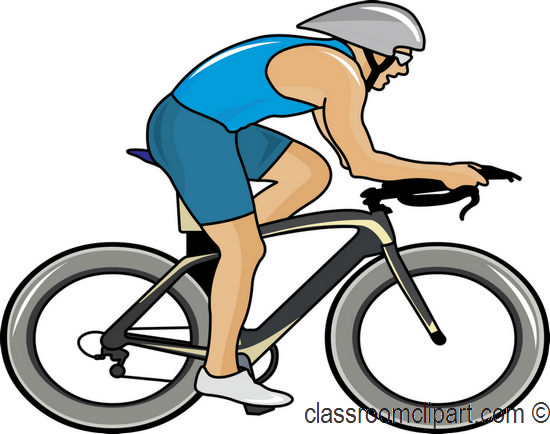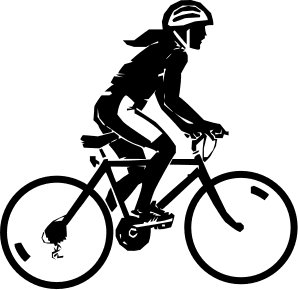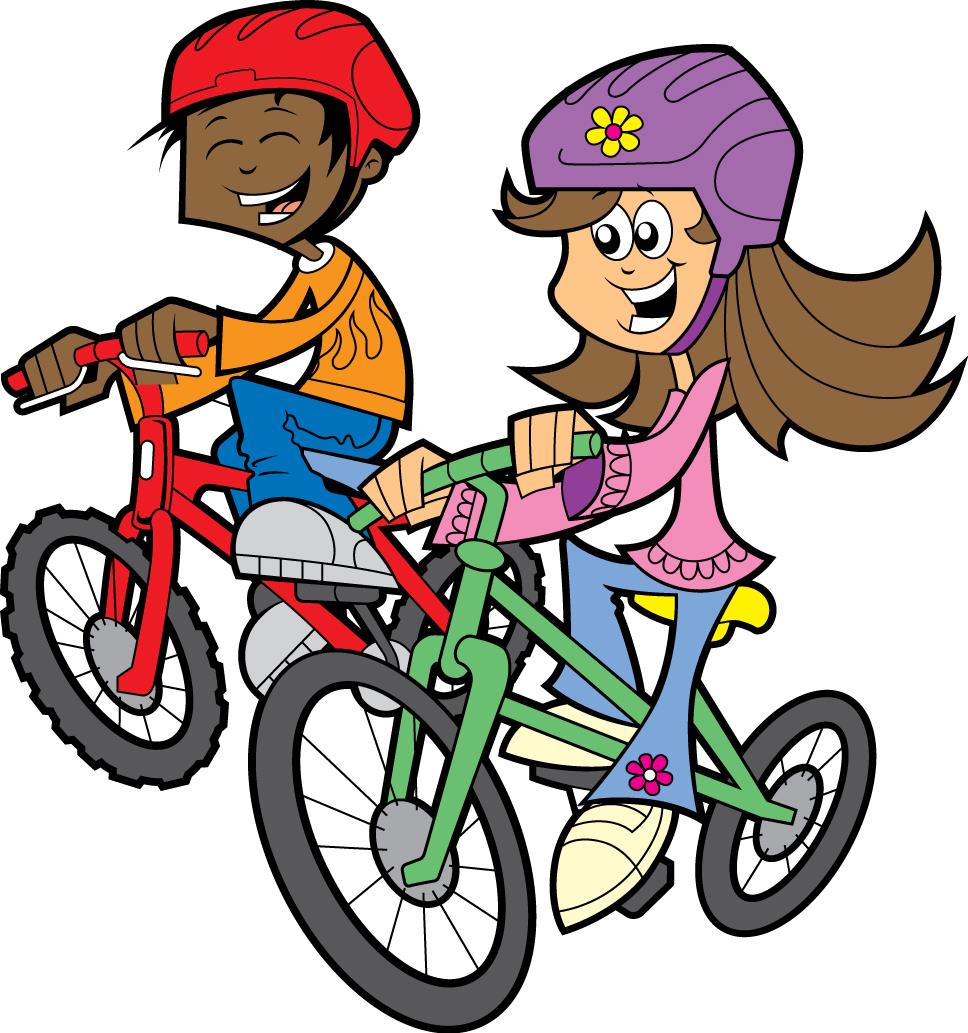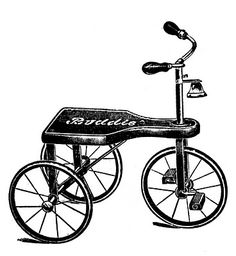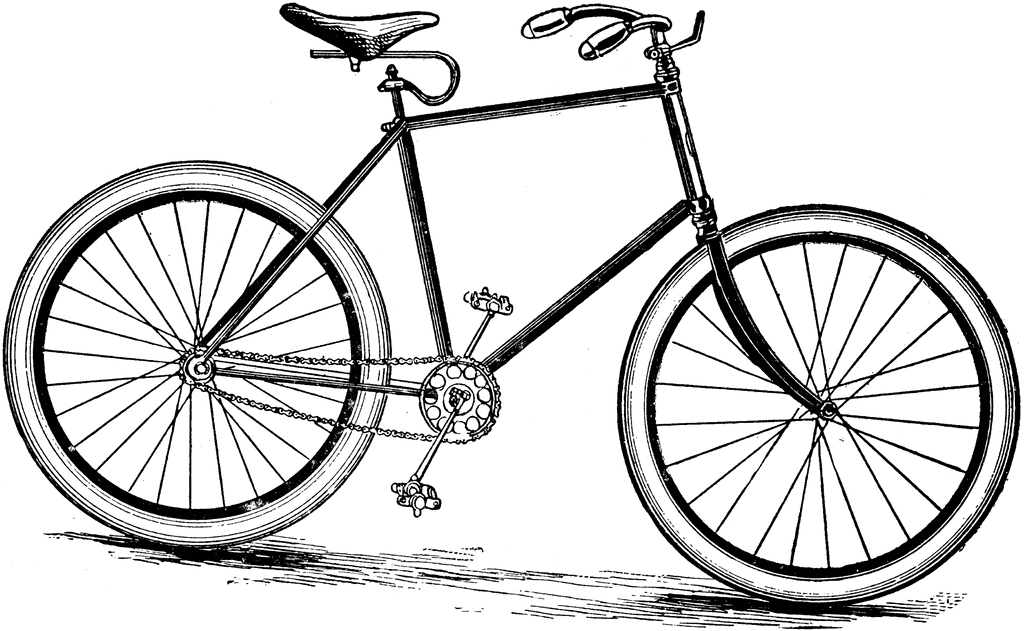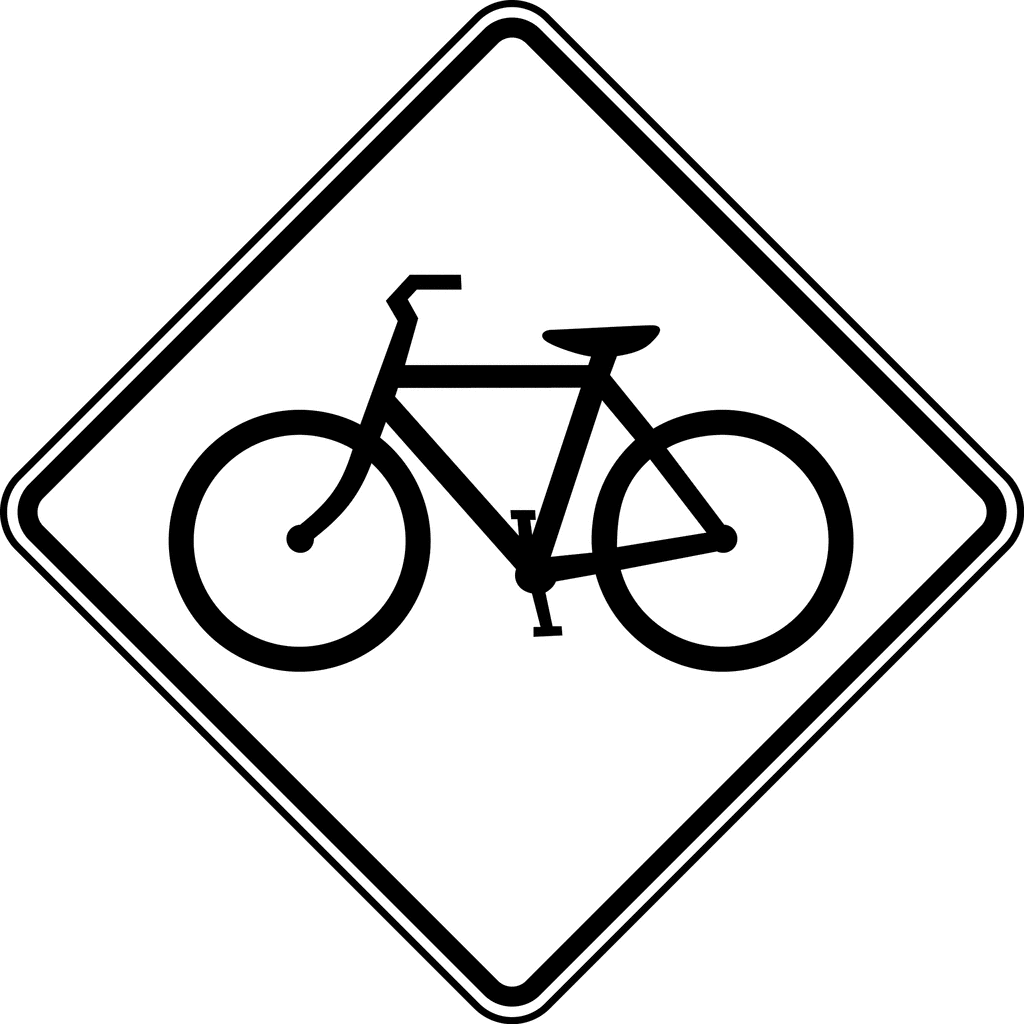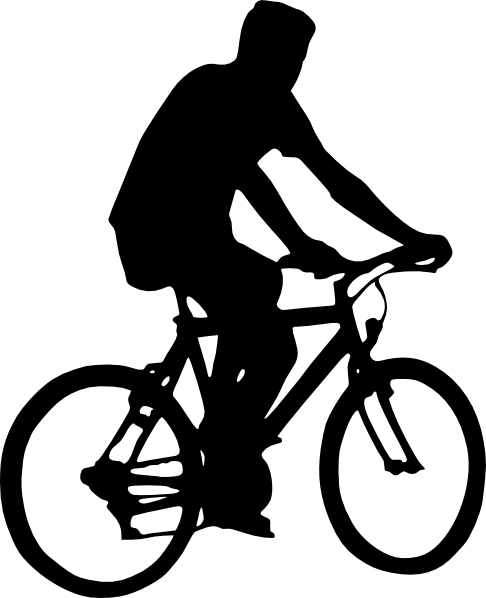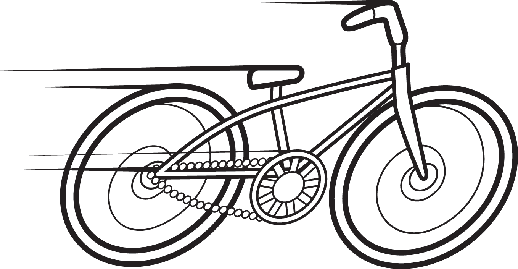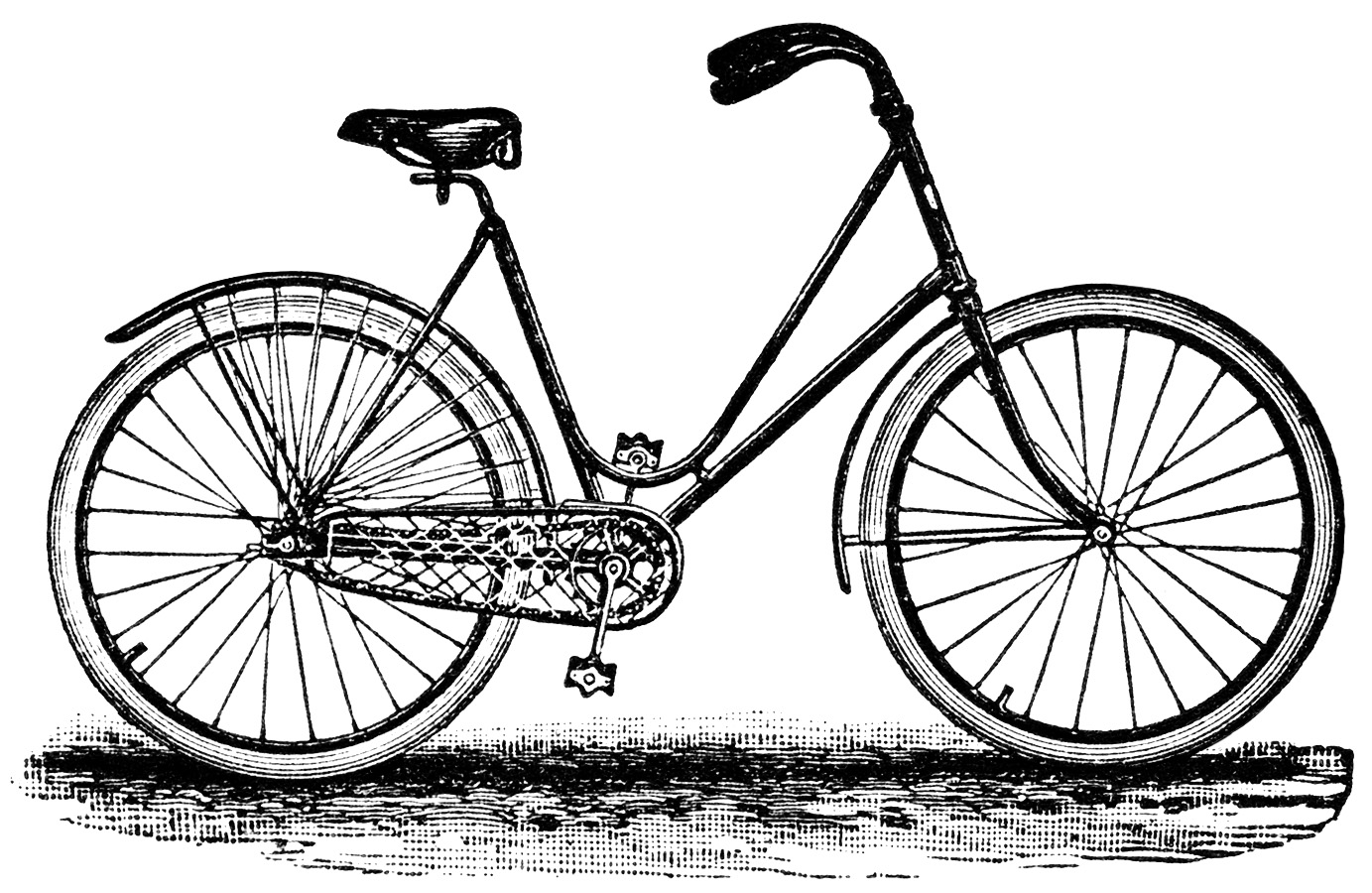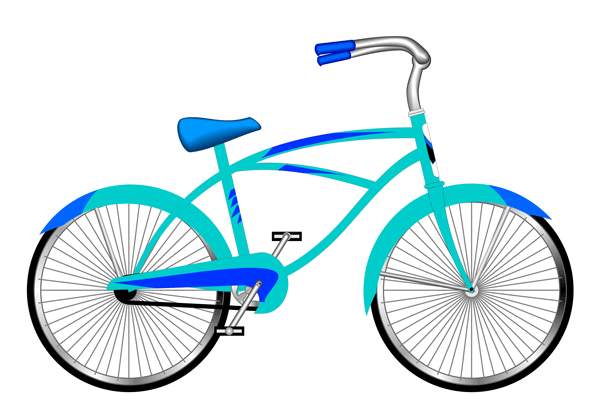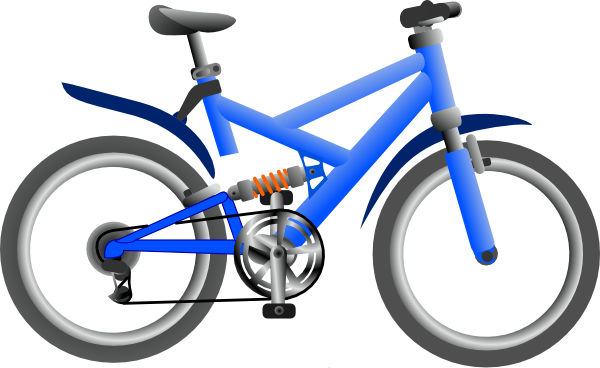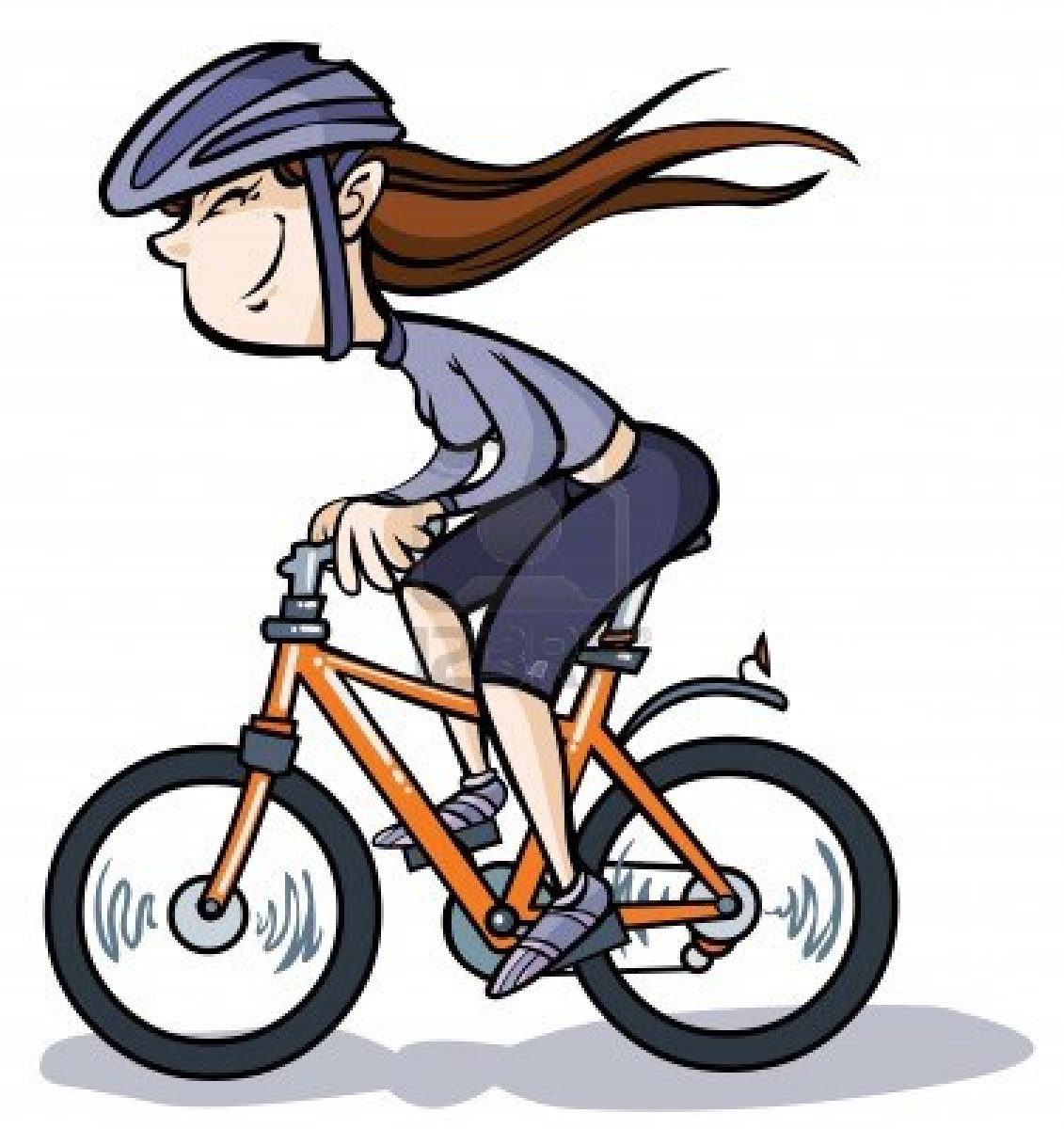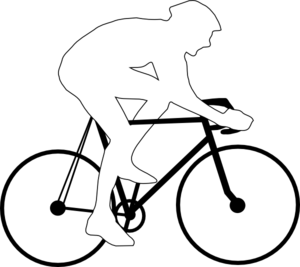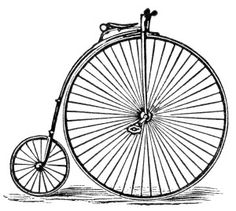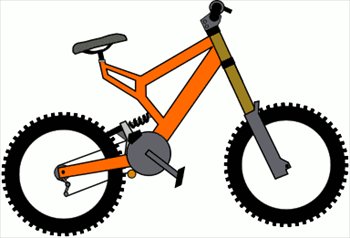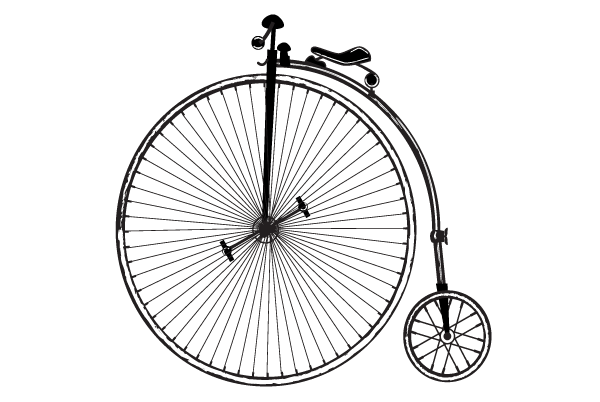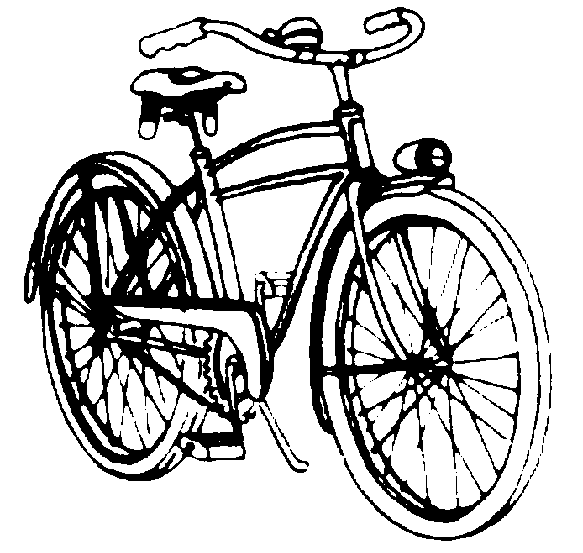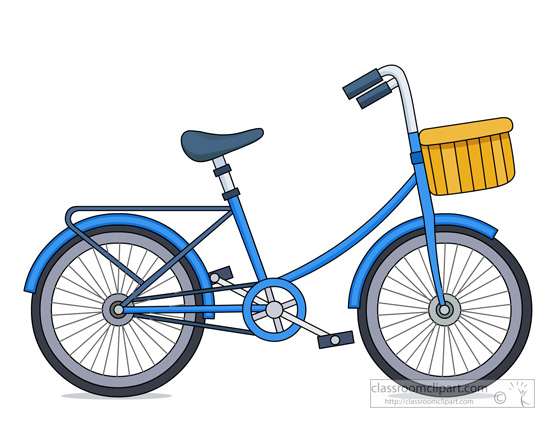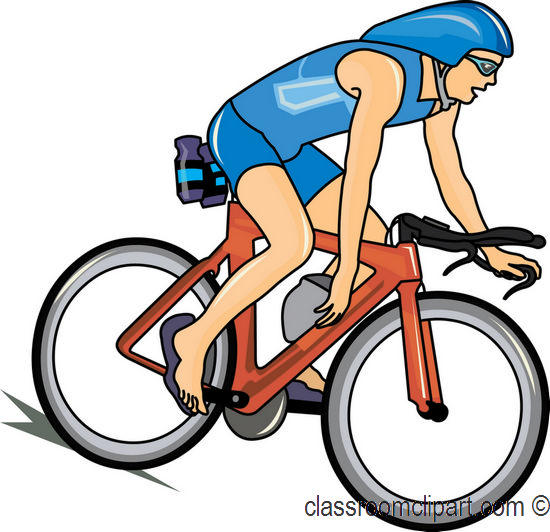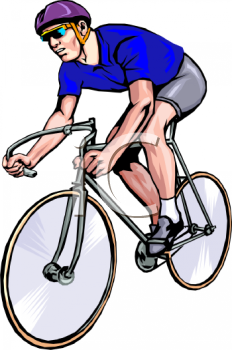Bicycle Clip Art
The modern two-wheeled bicycle traces its origins back to early 19th century Germany and Scotland, although depictions of basic bikes date back as far as 1500s Leonardo da Vinci sketches. Over nearly 200 years, bicycle design evolved with new gears, brakes, materials and ergonomics tailored for everything from daily transport to professional racing.
Today over a billion bicycles exist globally. From kids first learning to balance on two wheels to elite athletes competing in the Tour de France, bikes provide recreation, fitness and efficient mobility. Understanding bicycles – their anatomy, types, terminology and more aids selecting, riding and maintaining them.
Types of Bicycles
Many bicycle types now serve diverse functions:
- Road Bikes: Optimized for speed and distance riding on paved roads. Very lightweight with narrow tires, dropped handlebars and derailleur gears. Gearing facilitates high speeds.
- Mountain Bikes: Rugged, durable bikes handling off-road terrain via wide knobby tires, upright handlebars and suspension systems. Sturdy with lower gear ratios for climbing steep grades.
- Cruisers: Casual bikes evoking vintage styling with sweeping handlebars, cushy saddles and balloon tires. Single or 3-speed gears used for relaxed riding.
- Hybrid Bikes: Blend qualities of road, touring and mountain bikes for versatile urban/suburban riding on roads and trails. More upright position than road bikes.
- BMX Bikes: Compact, strong bikes with 20″ wheels designed for racing, trick riding with jumps on dirt tracks and in skateparks.
- Recumbent Bikes: Unconventional ergonomic design places rider in laid-back reclining position with pedals way out front. Comfortable but can’t climb as efficiently.
- Tandem Bikes: Bicycles built to carry multiple riders with extra long frames and sets of pedals/gears. Require coordination between riders.
- Electric Bikes: Modern battery powered bicycles providing electric assist while pedaling. Allow casual riders to make challenging climbs with less effort.
- Cargo Bikes: Built for substantial load carrying rather than speed using reinforced long frames, oversized tires and powerful brakes. Very utilitarian.
Anatomy of a Bicycle
Modern bike anatomy encompasses these key parts:
Frame – Backbone providing structure/rigidity fabricated from metal alloys or composites like carbon fiber. Defines riding geometry via tube lengths/angles.
Fork – Y-shaped extension with dropouts at lower end to mount the front wheel and steer via handlebars at the top.
Wheels – Rims with metal spokes connecting hubs containing axles allowing wheel rotation. Front is steer-able; rear transfers pedal/motor power.
Tires – Rubber air filled rings providing traction and absorbing road impacts atop the rims. Wider tires better for bumps and dirt.
Drivetrain – Mechanism transmitting generated pedal rotation force to turn the rear wheel via crank arms, chain interacting with rear cogs. Allows multiple gear ratios.
Brakes – Calipers with pads squeezing rims/brake discs coupled to levers, slowing wheels through friction. Vital for speed control and safe stops.
Saddle – Padded bike seat shape providing comfortable support over long distances without chafing. Many ergonomic designs exist.
Handlebars – Horizontal bars connected to fork steer tube via stem, covered with grips for turning front wheel using arm power and steering control. Different types like dropped, flat, raised and curved handlebars better suit needs from racing to casual riding.
Accessories – Lights, racks, bottle cages and more can be added to expand bike functionality.
Bicycle Terminology
Cycling has specialized vocabulary covering parts, gearing, riding styles and techniques:
- Aero Bars – Forearm rests mountable on bikes allowing riders to lean forward in tucked aerodynamic position to reduce wind drag at high speeds.
- Bonking – Condition caused by completely depleting glycogen via prolonged high effort riding without enough food intake. Leaves riders lacking power or motivation to continue. Eating/restoring glycogen levels reverses bonking.
- Cadence – Revolutions per minute rate of pedaling. Higher performance cyclists strive for 90+ rpm cadence which requires less muscle force per pedal stroke. Lower cadences around 60 rpm use more force and tiring muscles faster.
- Peloton – Tightly packed group of riders sheltering in others’ draft, saving ~30% effort versus non-drafting solo riders. Breaking away from a peloton requires high short term power output.
- Singletrack – Narrow mountain biking trail only allowing passage of one bike at a time. Requires more handling skill than wider paths and roads.
Bicycle Materials
Bike frames and components have been constructed from:
- Carbon Fiber – Contemporary composite materials made by layering carbon fiber threads in epoxy resin. Extremely light yet strong and shock absorbing. Allows very agile, responsive racing bikes.
- Aluminum Alloys – Metals including aluminum blended with silicon, magnesium and other elements to create lightweight, stiff and corrosion resistant bike parts. More affordable but less damping than carbon fiber.
- Steel – The traditional bike building metal offering good strength. Inexpensive low alloy steels rust over time so higher grades like Chromoly steel with chromium and molybdenum added are more rust resistant and weldable. Heavier than aluminum/carbon.
- Titanium – An exotic lightweight but very rigid, strong and rustproof metal used for premium bike parts. Challenging to weld or machine requiring very skilled fabrication. Significant expense limits adoption.
Bicycle Clip Art
Bicycle clip art encompasses digital artwork and illustrations depicting all forms of bikes in varying graphic styles. This motorcycle of visual content brings cycling themes to documents, crafts, apparel and more.
Stylistically, bike clip art includes:
- Cartoon Bikes – Highly simplified, colorful and playful drawings have juvenile charm
- Retro Bikes – Vintage penny farthings, tandems, choppers appeal via nostalgia
- Realistic Bikes – Meticulously detailed renderings accurately showcase parts
- Abstract Bikes – Minimalist lines, shapes and colors form semi-recognizable bikes
- Character Bikes – Bikes anthropomorphized with human-like faces and emotions
Subject depictions cover familiar ground:
- Racing Bikes – Lightweight bikes and tightly packed pelotons in motion
- Mountain Bikes – Rugged bikes on serpentine singletrack trails
- City Bikes – Cyclists navigating urban streets and intersections
- BMX/Trick Bikes – Bikes catching big air off ramps and obstacles
- Bike Parts/Gear – Wheels, helmets, handlebars, saddles etc. as standalones
- Bicycles & People – Happy kids with bikes, cyclists groups etc.
Uses of Bicycle Clip Art
Bike clip art sees diverse applications:
- Invitations and banners for charity rides, races and cycling events
- T-shirt graphics, water bottle decals, stickers celebrating biking sports/culture
- Presentations and infographics illuminating health, environmental, traffic and exercise benefits of cycling
- Urban planning proposals for bike lanes, parking and infrastructure improvements
- Marketing visuals for bicycles, components or gear and related services like tune-ups, rentals or tours
- Books, magazines and websites covering cycling as a hobby, sport or lifestyle
- Craft projects: paper greeting cards, scapbooks, decoupage artwork etc.
- Personal artwork appreciating the fun illustrations or highlighting favorite bikes and parts
- Kids school projects to make learning about health, environment and science engaging
- Promotional material highlighting organization efforts advancing wider adoption of cycling
Sources of Bicycle Clip Art
Searching “bicycle clip art” yields much free and purchasable artwork, with key sources being:
- Public domain and open license art archives like Old Book Illustrations, Wellcome Collection and Vintage Clipart
- Stock image marketplaces like Adobe Stock, iStock and Shutterstock charging per image
- Specialist illustrators and cycling design shops on sites such as GraphicRiver and Creative Market
- General clip art repositories like Clipart Library and ClipArt Best
- Wikimedia Commons and other open media sites with user shared content
When sourcing bicycle clip art, double check attached copyright, attribution requirements and allowed usage terms to confirm files work for your application.
Working With Bicycle Clip Art
Effectively utilizing bicycle clip art graphics involves:
- Picking visually appealing, high quality relevant images – consider resolution, file format etc
- Inserting artwork into projects – placement, sizing, layering with other elements
- Modifying via image editing tools if usage rights allow – changing colors, adding text etc.
- Exporting final graphics from editing programs at suitable resolution and file format for sharing/printing
Smooth workflow from finding great bicycle clip art to seamlessly incorporating it relies on graphics software skills and respecting source file usage conditions.
Legal Use of Bicycle Clip Art
Bicycle clip art usage must follow laws and artist terms like:
- Public domain offers unrestricted use without needing permission
- Creative Commons may mandate public attribution or limit commercial applications
- Fully copyrighted artwork requires licensing from provider/creator
- Trademarked images can only be used whole and unchanged
Violating copyright through unauthorized editing or attribution removal risks legal penalties. Always confirm what’s allowed for bicycle clip art before publishing/printing your projects.
So whether enhancing a school presentation, crafting a cycling event poster or sketching new bike innovations, bicycle clip art makes a fun, engaging visual asset to realize ideas spanning from the whimsical to pragmatic.
In this page clipartix present 78 bicycle clipart images free for designing activities. Lets download Bicycle Clip Art that you want to use for works or personal uses.
